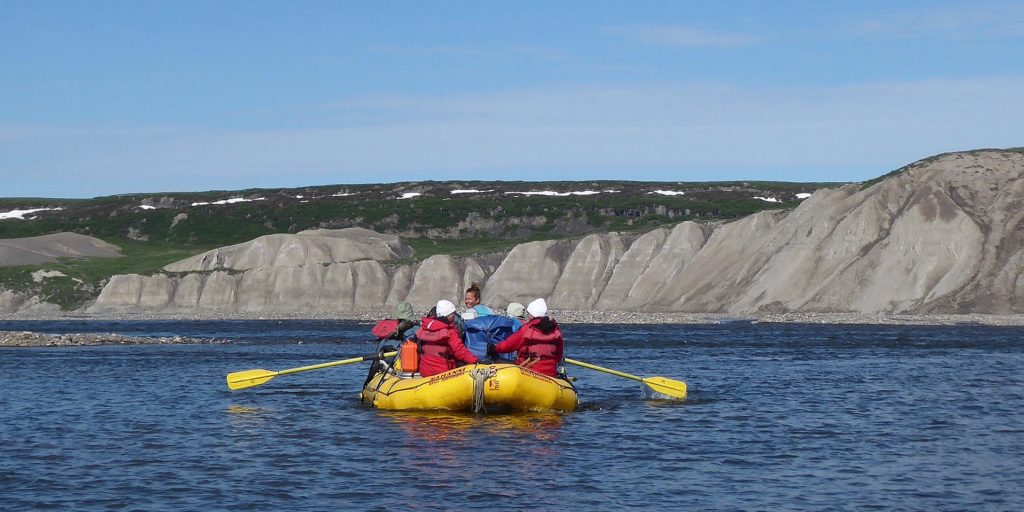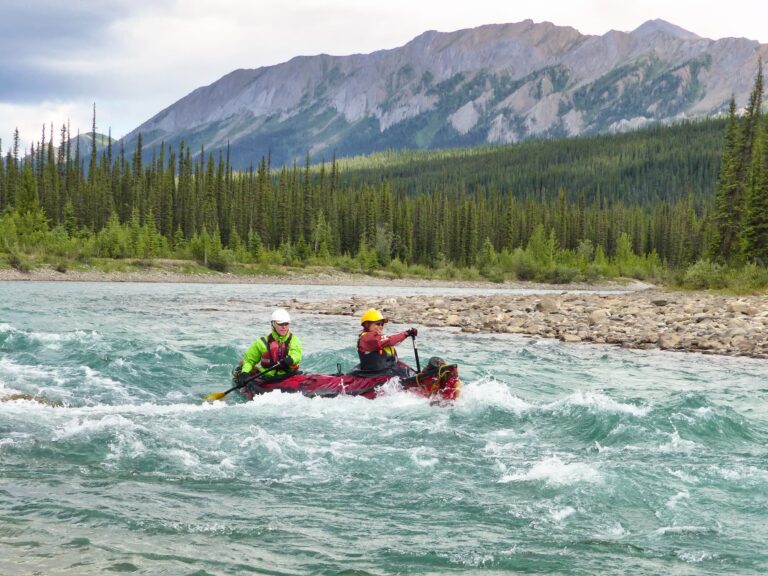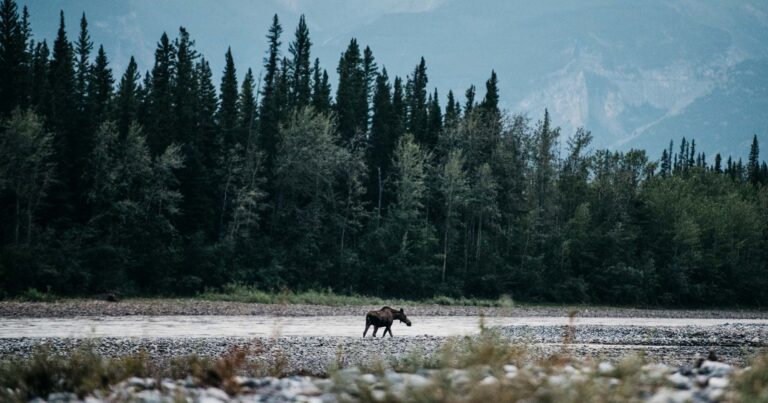Made of sediment and stone pulled from the mountains, shaped by water and continuously combed by ocean currents, this landmass bridges the terrestrial and the marine. This is a place where muskox walk the shores of the Beaufort Sea while beluga feed on Arctic char; where terns, snow buntings, gulls and plover circle overhead; where tracks of wolf, muskox, caribou and grizzly give testament of an active wildlife corridor. When we visit we have witnessed seals, beluga and bowhead swim past. We often find their bones amongst the driftwood—some storm-tossed and some recently thawed from the permafrost in a melting Arctic.

The East end of Nunaluk Spit, is rapidly eroding. At its centre lies a permafrost core that disinigrates further with each storm. This past summer, a trapper’s cabin that was a well-preserved landmark for the last century gave in to the sea; now only a few logs, washed above the tideline, remain to tell of the region’s recent occupants. But as the ice melts and some history is lost, another much-older connection to the past is revealed. Over the years our guests have found tools such as snow knives, sled runners and a myriad of ancient bones.
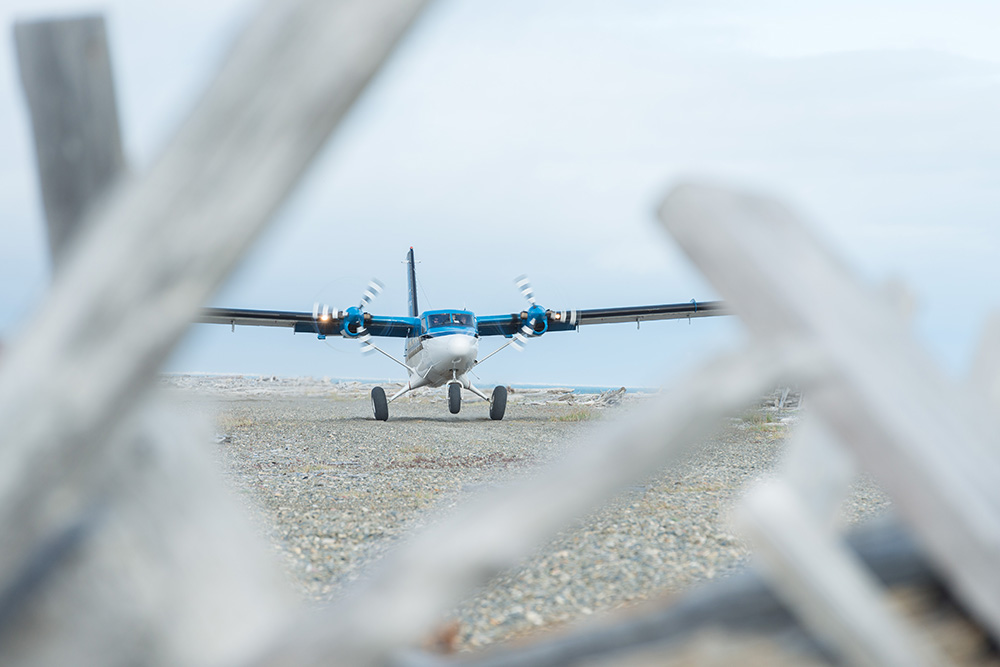
Also trapped in 10,000-year-old ice and frozen soil are some natural treasures. This summer, CRE guide Tyler Garnham stumbled upon the beachcombing find of a lifetime: a mammoth tusk! While the rest of us hurried along the beach to see the feeding beluga whales, Tyler strolled intently along an inside bank of the cobble beach. His patience was rewarded, twice: first with the mammoth tusk, and second when the whales waited for him to arrive with his find!
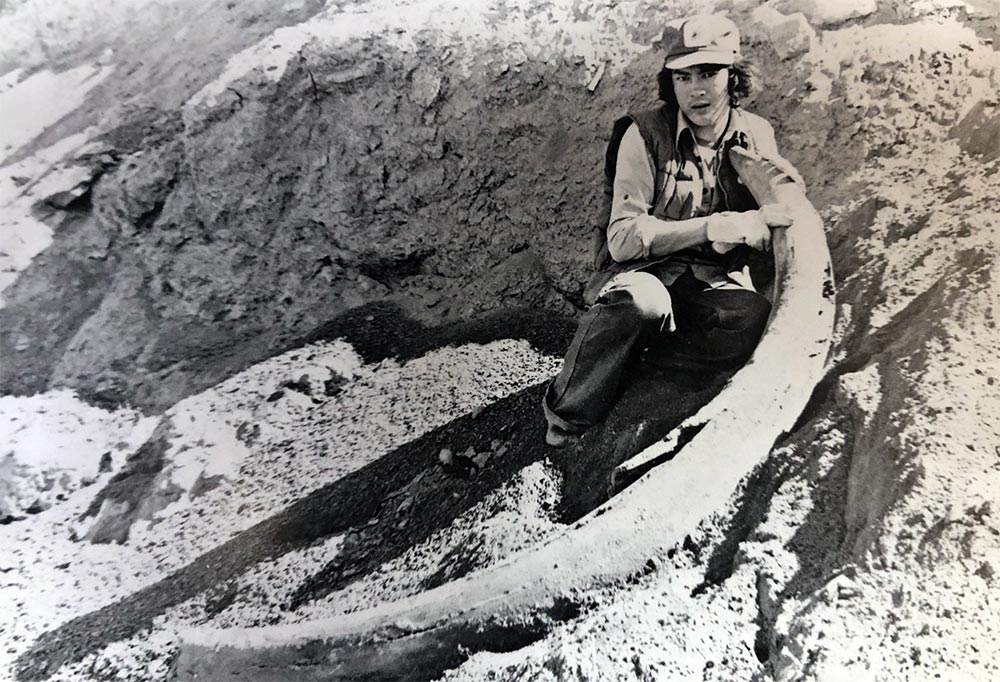
The combined currents of the Firth River and the ocean creates a rich marine environment where seals and beluga feed. When these species die they in turn provide large mammals like wolves and grizzly bears access to the riches of the sea when they wash up on the shore. We found proof this past season when we found Bowhead Whale bones that had been gnawed on by those grizzlies!
Each season we are fortunate to have Ivvavik National Park staff on the Firth River with us. This unique partnership sees Parks Canada scientists join our expedition and, while we assist them in their analysis of the park, they help us grow our understanding of the wonders around us. We were able to learn how the delicate mammoth artifact could be handled, and were able to see it join Parks Canada’s collection of Nunaluk artifacts!

In a national park, we take only photographs. Had Parks Canada staff not been with us and warranted the find worth transporting back to Inuvik for further study, we would have simply left it exactly where we found it: on Nunaluk Spit, where the forces of nature write their own history.


